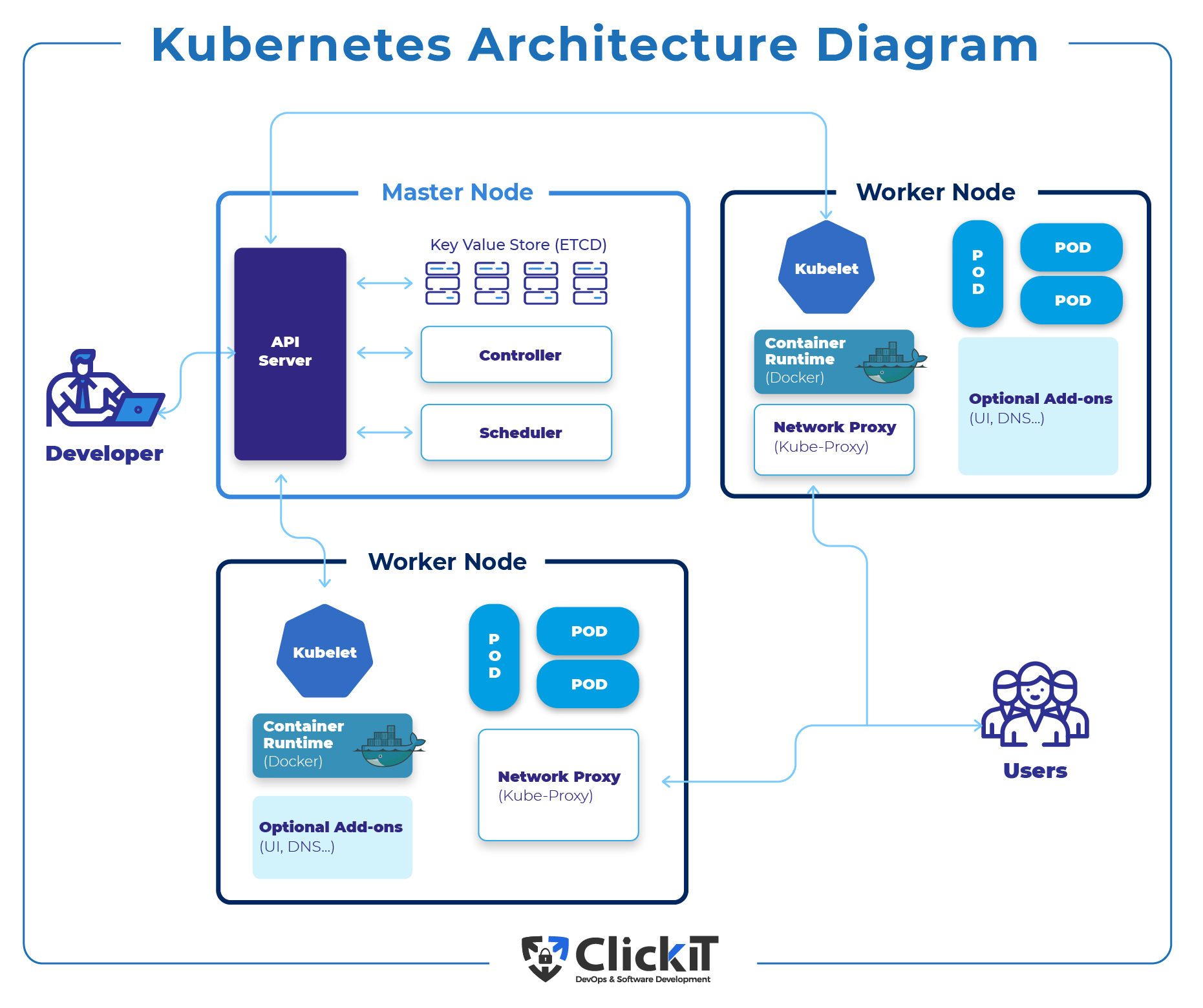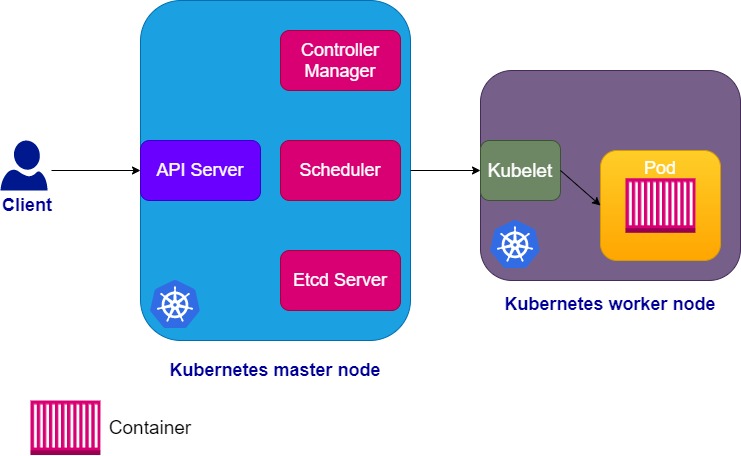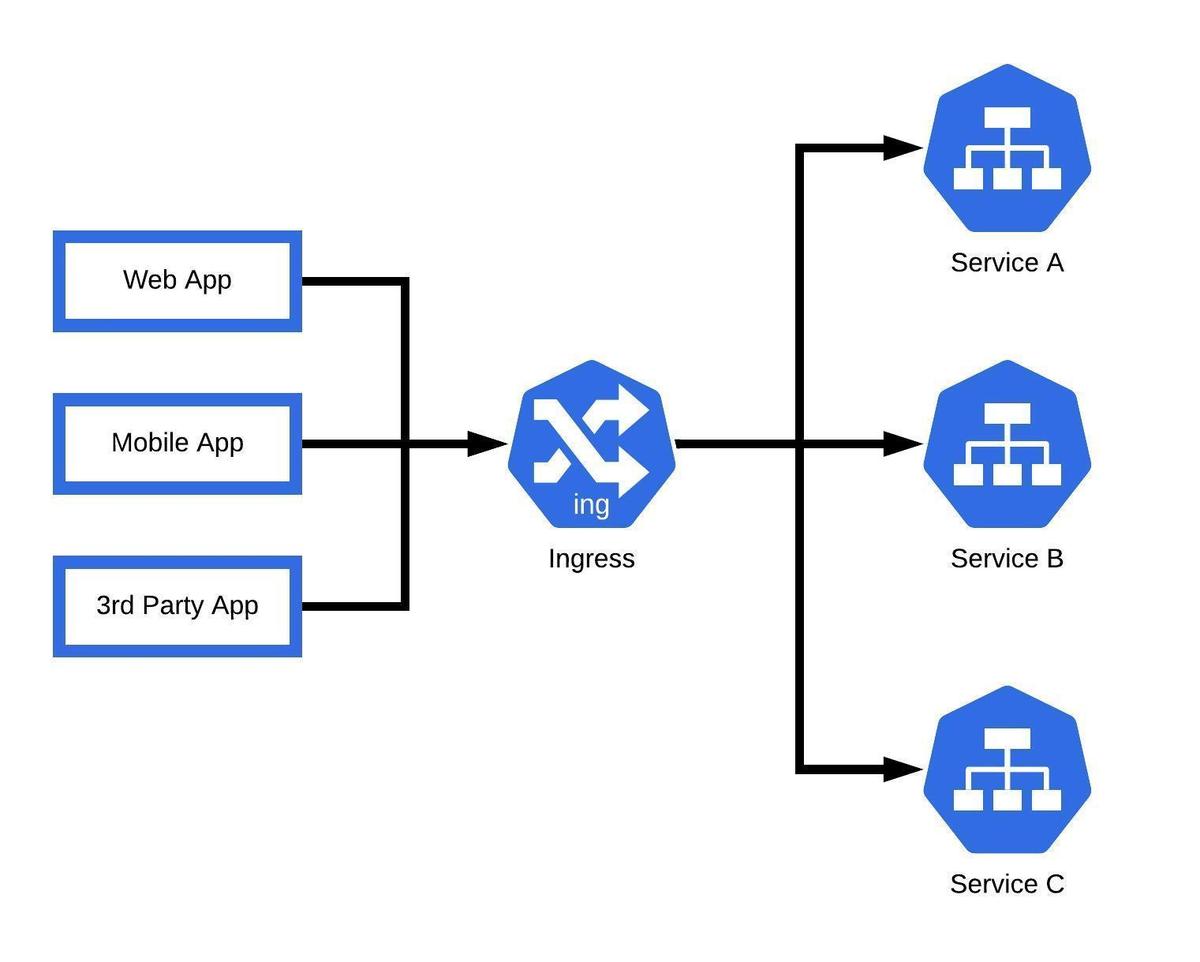Understanding Kubernetes API Groups: An Overview
Kubernetes API groups, also known as ‘api groups’, are a fundamental aspect of the Kubernetes platform. They help manage and organize Kubernetes resources, making it easier for users to work with various objects within a cluster. API groups essentially categorize related resources, allowing developers to interact with them more efficiently. The primary Kubernetes API groups include ‘core’, ‘apps’, ‘batch’, and ‘networking’. The ‘core’ Kubernetes API group focuses on essential resources such as pods, services, and volumes, which are crucial for creating and managing applications within a Kubernetes cluster. The ‘apps’ API group deals with managing applications, specifically focusing on Deployments, StatefulSets, and DaemonSets, simplifying application scaling and updates.
The ‘batch’ API group is responsible for scheduling and managing batch processing jobs, with resources like Jobs and CronJobs helping manage recurring and non-recurring tasks within a Kubernetes cluster. The ‘networking’ API group manages networking resources, such as NetworkPolicies, Services, and Ingress, enabling secure and efficient communication between applications and services within a Kubernetes cluster.
Understanding Kubernetes API groups is essential for efficient Kubernetes administration, as they provide a structured way to interact with various resources. By familiarizing yourself with these groups and their respective resources, you can better manage and optimize your Kubernetes cluster and applications.
The Core Kubernetes API Group: Essential Resources
The ‘core’ Kubernetes API group, also known as the ‘core v1’ API group, is the foundation of Kubernetes resource management. It manages essential resources such as pods, services, and volumes, which are crucial for creating and managing applications within a Kubernetes cluster. Pods are the smallest and simplest units in the Kubernetes object model that you create or deploy. A Pod represents a running process on your cluster and can contain one or more containers. Pods are ephemeral, meaning they have a limited lifespan and are not designed to be long-lived.
Services provide a stable IP address and DNS name for a set of Pods, enabling communication between applications and services within a Kubernetes cluster. They act as an abstraction layer for Pods, allowing developers to define a policy to access them.
Volumes in Kubernetes are a storage resource that Pods can use. They are a directory containing data, accessible to the containers in a Pod. Volumes are used for storing shared data, preserving data across container restarts, and providing a stable storage location for applications.
Managing Applications with the Apps API Group
The ‘apps’ API group in Kubernetes is dedicated to managing applications, offering resources that simplify application scaling and updates. Key resources in this API group include Deployments, StatefulSets, and DaemonSets.
Deployments
Deployments are a higher-level abstraction for Pod and ReplicaSet management. They provide declarative updates to Pods and ReplicaSets, making it easy to scale and update applications. A Deployment controller creates and updates a ReplicaSet to ensure the desired number of Pod replicas are available and running at any given time.
StatefulSets
StatefulSets are similar to Deployments but manage stateful applications, such as databases, with a stable network identity and ordered, graceful scaling. StatefulSets ensure that each Pod has a unique identity and maintains a persistent hostname and DNS name, enabling predictable scaling and management of stateful applications.
DaemonSets
DaemonSets ensure that a specified number of replicas of a Pod are running on every node in the cluster. They are useful for running system daemons, such as logging agents or monitoring tools, on every node. When a new node is added to the cluster, a DaemonSet automatically deploys the Pod to the new node, and when a node is removed, the DaemonSet removes the Pod from that node.
Scheduling Tasks with the Batch API Group
The ‘batch’ API group in Kubernetes is designed for scheduling and managing batch processing jobs. It includes resources like Jobs and CronJobs, which help manage recurring and non-recurring tasks within a Kubernetes cluster. This API group is particularly useful for running background tasks, such as data processing or report generation, that do not require user interaction.
Jobs
A Job creates one or more Pods and ensures that a specified number of them successfully terminate. It is useful for running tasks that should be executed to completion, such as a data processing job. Once the Job is completed, the Pods associated with it are cleaned up, and the Job status is recorded.
CronJobs
CronJobs are a convenient way to schedule Jobs to run periodically, similar to the Unix cron utility. They allow you to specify the schedule and the number of Pod replicas to run for each scheduled job. CronJobs automatically create and manage Jobs based on the defined schedule, making it easy to manage recurring tasks within a Kubernetes cluster.
Networking in Kubernetes: The Networking API Group
The ‘networking’ API group in Kubernetes manages networking resources, enabling secure and efficient communication between applications and services within a Kubernetes cluster. Key resources in this API group include NetworkPolicies, Services, and Ingress.
NetworkPolicies
NetworkPolicies provide a way to control the traffic between Pods in a cluster. They allow you to specify how groups of Pods are allowed to communicate with each other and with other network endpoints. By defining NetworkPolicies, you can restrict traffic to only what is necessary, enhancing the security of your Kubernetes cluster.
Services
Services in Kubernetes provide a stable IP address and DNS name for a set of Pods, allowing them to communicate with each other. They act as a load balancer, distributing network traffic across multiple Pods. Services simplify the management of applications within a Kubernetes cluster, as they abstract the underlying Pods, enabling developers to focus on application functionality rather than individual Pod management.
Ingress
Ingress is an API object that manages external access to the services in a cluster, typically HTTP. It provides a way to centralize the configuration of external access to multiple services, enabling you to define rules for routing external traffic to internal services based on factors such as the incoming host or path. Ingress simplifies the management of external access to applications within a Kubernetes cluster, reducing the need for managing individual service endpoints.
How to Utilize Kubernetes API Groups: A Practical Guide
To interact with Kubernetes API groups, you can use ‘kubectl’, the Kubernetes command-line tool. This section provides a step-by-step guide on how to use ‘kubectl’ to manage resources within various API groups.
Listing API Groups
To list all available API groups, use the following command:
$ kubectl api-resources
Accessing Resources within an API Group
To access resources within a specific API group, you can use the ‘api-group’ flag followed by the name of the API group. For example, to list all resources within the ‘batch’ API group, use:
$ kubectl api-resources –api-group batch
Creating and Managing Resources
To create and manage resources within an API group, simply include the API group in the resource name when using ‘kubectl’ commands. For instance, to create a Job in the ‘batch’ API group, use:
$ kubectl create job my-job –api-group batch
Additional ‘kubectl’ Commands
Here are some common ‘kubectl’ commands for managing resources within API groups:
-
$ kubectl get resources
(list resources)
-
$ kubectl describe resource
(describe a resource)
-
$ kubectl delete resource
(delete a resource)
-
$ kubectl edit resource
(edit a resource)
Extending Kubernetes with Custom API Groups
Kubernetes allows for the extension of its API with custom API groups using the Kubernetes API aggregation layer. This feature enables third-party projects and developers to add their own resources and functionality to a Kubernetes cluster, enhancing its capabilities and customizing it to specific use cases.
Benefits of Custom API Groups
Custom API groups offer several benefits, including:
-
Encapsulation of custom logic and resources within a cluster
-
Simplified management and interaction with custom resources using ‘kubectl’ and other Kubernetes tools
-
Integration with Kubernetes’ declarative management model and reconciliation loop
-
Improved separation of concerns between custom logic and core Kubernetes functionality
Examples of Custom API Groups
Several popular third-party projects extend Kubernetes with custom API groups, such as:
-
Cert-Manager: A custom API group for managing and issuing TLS certificates within a Kubernetes cluster
-
External DNS: A custom API group for synchronizing external DNS providers with Kubernetes resources
-
Kustomize: A custom API group for customizing Kubernetes objects through a standalone tool
Creating Custom API Groups
To create a custom API group, you can follow these general steps:
-
Define the API group schema using OpenAPI or gRPC
-
Implement the API group’s server and register it with the Kubernetes API server
-
Create and manage custom resources using ‘kubectl’ and other Kubernetes tools
Best Practices for Working with Kubernetes API Groups
Following best practices when working with Kubernetes API groups can help ensure efficient Kubernetes administration and resource management. Here are some best practices to consider:
Proper Labeling
Applying consistent and descriptive labels to your Kubernetes resources enables better organization, filtering, and management. Use meaningful labels to categorize resources based on factors such as environment, team, or application.
Resource Management
Monitor and manage your Kubernetes resources to prevent resource starvation and maintain optimal cluster performance. Use Kubernetes resource quotas and limits to control resource consumption and prevent individual workloads from consuming excessive resources.
Monitoring
Implement monitoring and logging solutions to track the health and performance of your Kubernetes resources and applications. Monitoring enables you to detect and resolve issues proactively, ensuring high availability and performance.
Understanding API Group Versions
Kubernetes API groups often have multiple versions available, allowing for backward compatibility and gradual adoption of new features. Be aware of the different versions available and their compatibility with your Kubernetes cluster and tools.
Staying Up-to-Date
Regularly update your Kubernetes cluster and associated tools to benefit from new features, bug fixes, and security updates. Staying current with the latest releases helps maintain a secure and performant Kubernetes environment.






